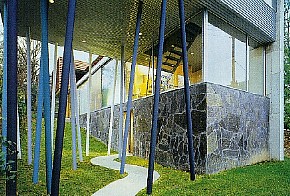 
OMA, Villa Dall'Ava (Paris: 1984-91).
Architectural knowledge is a way of thinking that cannot be explained either by demonstrative reasoning or by the scientific method. It requires explanations fostered by the telling of histories that do not distinguish between artistic and scientific rationality, or in other words, between mythos and logos.
A concrete case of fragmentary architecture is the architettura di spoglio (architecture of spoils). This is not an architecture of prefabricated romantic ruins, or of post-modern "instant history," but it is a way of producing architecture as the assimilation of prior architectural artifacts. Buildings are cultural texts that are generated by assembling fragments, excerpts, citations, passages, and quotations. Every building is then both assimilation and a transformation of other buildings.
The images devised for the Ars Memorandi are hybrids in which it is possible to summarize in one image only the totality, for instance of the New Testament. From this point of view, the monster, a cultural trophy, becomes an edifying theater of memory. Buildings signify the machine, theater of memory, housing the never-ending representations of the drama and comedy of human life. Barbaro, in his commentary on Vitruvius's treatise, sees the force that makes a machine moving, analogous to imagination (fantasia), the force that moves the human mind.
Architecture is a kind of corporeal time machine where the past, the present, and the future are related architecturally through memory.
Museography then becomes a science of possible solutions of the different kinds of interpretation and time frameworks established by the collective memory in the artifacts preserved in a museum.
For example, in Canaletto's capricci or vedute di fantasia located in Venice, an imaginary new Venice is envisioned on top of the old one. This is a Venice emerging from a metamorphosis, and its visual construing takes place through the assembly of built and unbuilt designs, on invented and real things, a genetic and most remarkable collage of architectural quotations, suggesting a way for a possible reality.
Marco Frascari, Monsters of Architecture - Anthropomorphism in Architectural Theory (Savage, MD: Rowman & Littlefield, 1991), p. 8.
| |
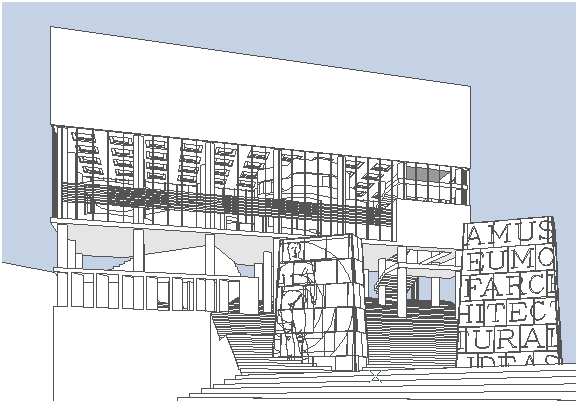
Stephen Lauf, A Museum of Architectural Ideas (virtual realm: 1985-91).
The notion of Quondam as a virtual museum of architecture goes back to the 1980s and an imaginary design called the House in Laguna. By 1991, the house project evolved into a "museum of architectural ideas," a virtual place to exhibit theories of architecture through virtual buildings. Subsequently, two other imaginary projects--the Mayor's House (1984x) and the Wacko House (1991)--joined the House in Laguna, thus creating a "laboratory" for architectural experimentation.
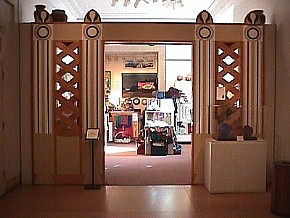 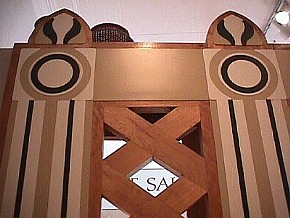
Venturi, Scott Brown & Associates, Art Sales and Rental Gallery (Philadelphia, PA: Philadelphia Museum of Art, 1991), images: 2001.10.19.
| |
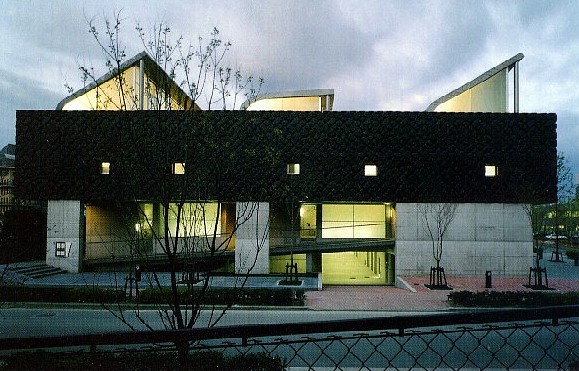  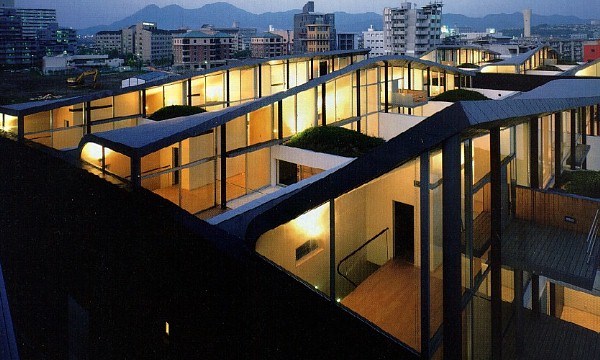
OMA, Nexus Housing (Fukuoka, Japan: 1989-91).
|